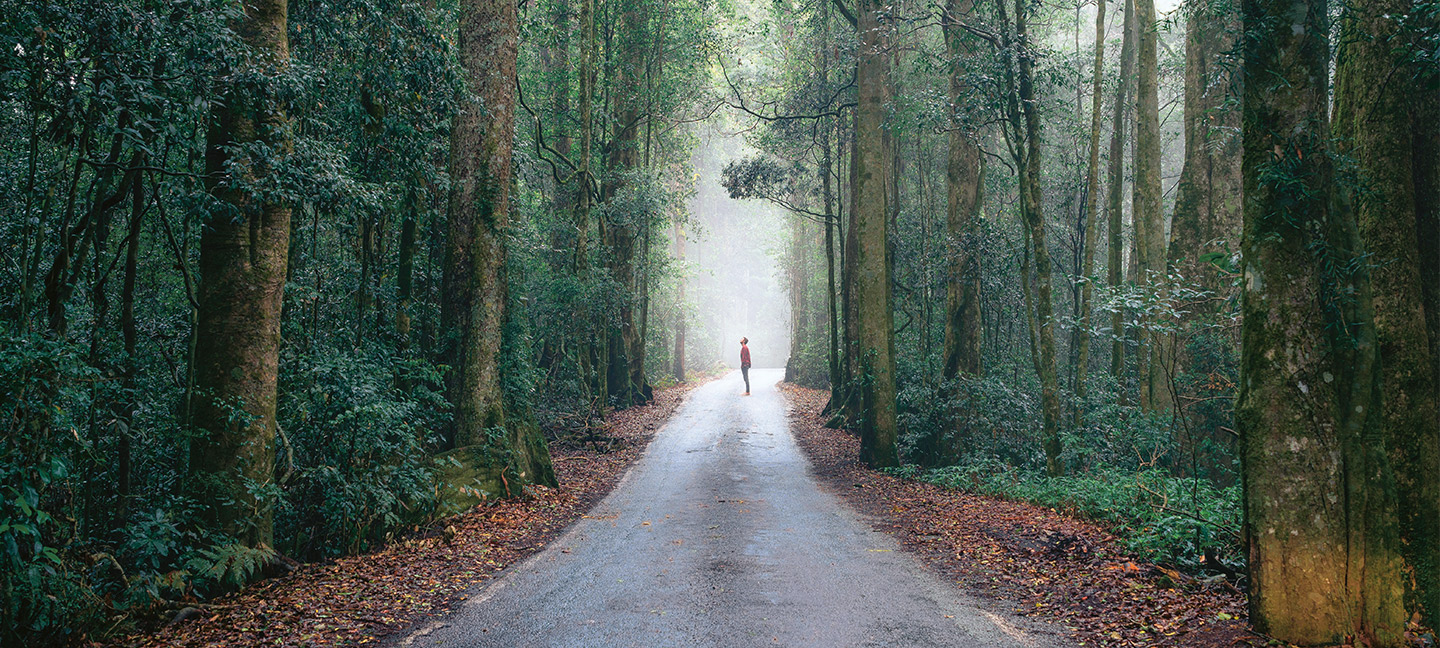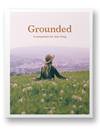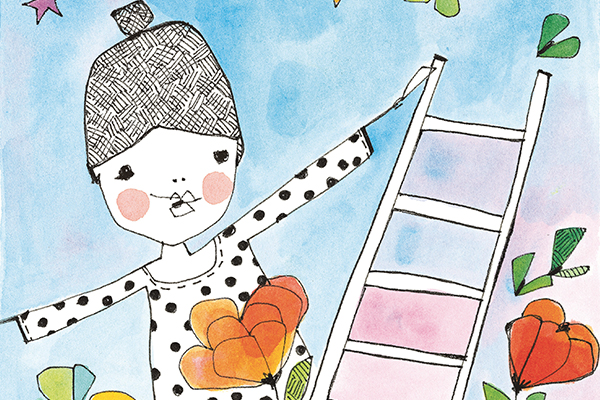What does SLOW living mean and how can you make it work for you?
23 Apr 2020 | Anna Carlile
The idea of 'SLOW' living isn't really new, but it is an ever-growing movement. With the world picking up pace and stranger than ever before, it is imperative to be 'grounded'. This idea of slow living is what Grounded: A Companion for Slow Living by Anna Carlile is about, in the extract below, she introduces to the ideas of slow living from its inception and how we can implement it into our modern life.

The seed that sowed the beginnings of all things slow was planted in Rome, Italy, in the mid-1980s, when a political activist and (slow) food lover called Carlo Petrini protested against the opening of a McDonald’s outside the famous Spanish Steps. Carlo’s focus was on food, and the way it was produced and consumed. He didn’t want fast food and all it stood for taking root in his neighbourhood – he wanted slow food. In 1986, Carlo launched the Slow Food organisation and movement, which has since spread worldwide. It strives to preserve traditional and regional cuisine and the endemic ecosystems that support them.
In the decades since, as the slow food movement and its values spread, its relevance began to resonate for people in other, and all, areas of life. And slowly but surely, it expanded into the slow living movement that is making waves (big, slow, luscious ones, of course) throughout the world today.
Some slow living advocates argue that slow living isn’t really slow at all – it’s simply living life at a normal and relaxed pace. It’s just that the pace of our modern lifestyles, and the progressive normalization of that pace, over the past few decades make it seem slow.
Other, similar concepts you might have come across include ‘voluntary simplicity’ (choosing a way of life that optimizes control over your own life, for example by growing, rather than buying, your own food and therefore not relying on large agribusiness food companies for sustenance) and ‘downshifting’ (adopting voluntary simplicity for the long term, for example by working fewer hours, and doing and consuming less).
Whichever way your interest is drawn, these conscious shifts all amount to the same thing: a life philosophy, state of mind and being, reflective approach, and methodical process that lead to a measured, purposeful and fulfilling daily life and existence.
And oh boy, modern life sure is busy. We fill our days with tasks and meetings and commutes and activities. And if we’re not actually busy, well there are things like apps and screens and to-do lists (and on, and on) to make us feel busy. Have you ever eaten your lunch at your desk, or while driving somewhere, because you don’t feel like you can take time out to savour it? Well. There you go. There’s a theory for this, too – the theory of busyness, a by-product of the digital age where the line between life and work is blurred, we’re online 24/7 and multitasking to manage it all.
If you think it might be time to try slowing down, then try this little tester. Say the word: slow. Now, say it slowly. Take a breath. Look around. Slow down. How does that feel, good? Keep it up! Here are some simple ways to begin shifting your thinking (and doing) towards a slower, more attuned pace of life.
Rethink Your Values
Values are at the core of the slow movement.
The world we live in today is founded on centuries of finding a sense of value and purpose in the creation and acquisition of material goods, and in the acquisition of abstract mediums of exchange, like money, to measure wealth, and pay for things. Finding new ways to identify, find and measure value in your world will help you to shift your thinking – and living. What is there, aside from money and possessions, that is meaningful to you, and how can you increase its presence and value in your life? Time, health, nature connection, family and friends, and creative expression are all worthy examples.
Find and Connect to Your Purpose(s)
There’s no one-size-fits-all approach to slow living. Slow living is just living mindfully, in whatever way that is meaningful to you. Once you’ve rethought your values, you’re ready to find and connect to your purpose. If you come to realize you value time in nature, then find a way to get more nature into your life. You might start growing your own vegetables, planning hikes, or forest bathing. If you decide you’re all about friends and family, then find ways to spend more quality time with the ones you love. And of course, you don’t have to have just one purpose. By doing less and doing it better, you can still ‘have it all’.
Tread Lightly
When we slow down, we often use fewer resources and produce less waste, both of which have a lighter impact on the Earth. In the early days of the slow food movement, a clever someone reverse-engineered SLOW as an acronym: Sustainable, Local, Organic and Whole. Cherry-picking these terms and applying them to how you go about life will help you to slow down. Living more sustainably, for example, might mean choosing to walk or ride a bike somewhere, rather than drive or take an uber. It will take longer, but leave you feeling better. Living locally might mean making a decision to only consume food that has been grown or produced in your town, or to only visit cafes you can walk to. Make it work for you.
This is an edited extract from Grounded: A Companion for Slow Living by Anna Carlile
Available now in all good bookstores and online
Click here to find your preferred online retailer




